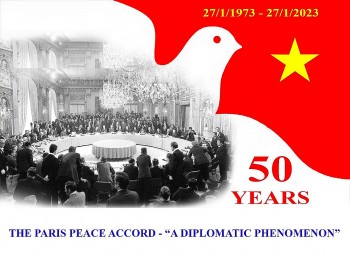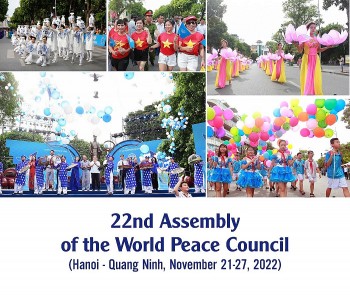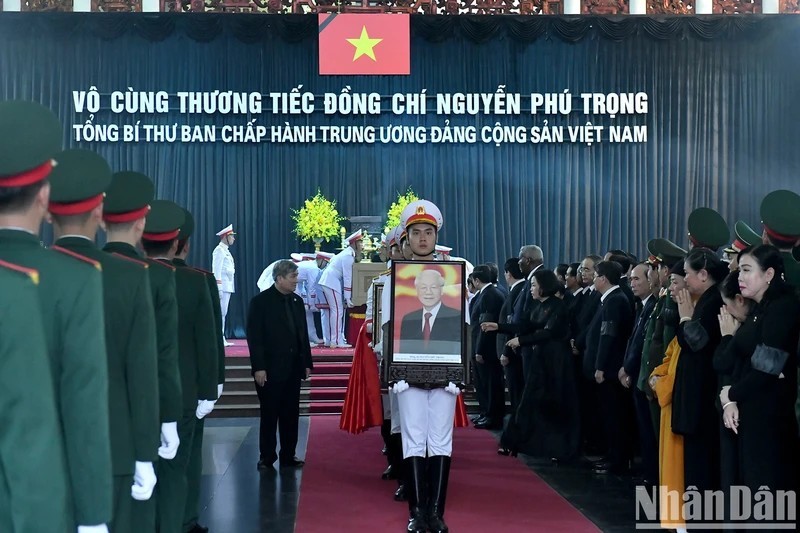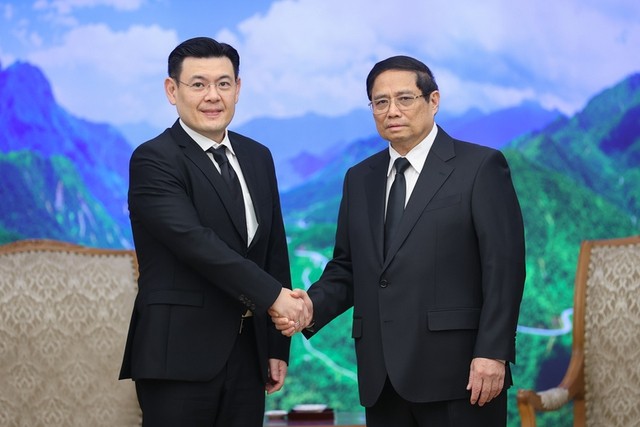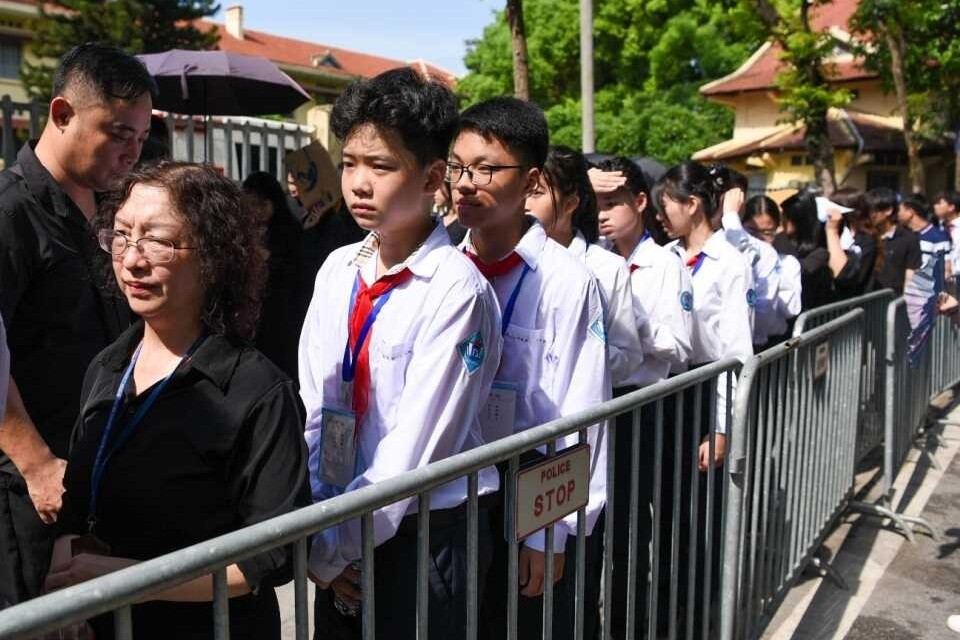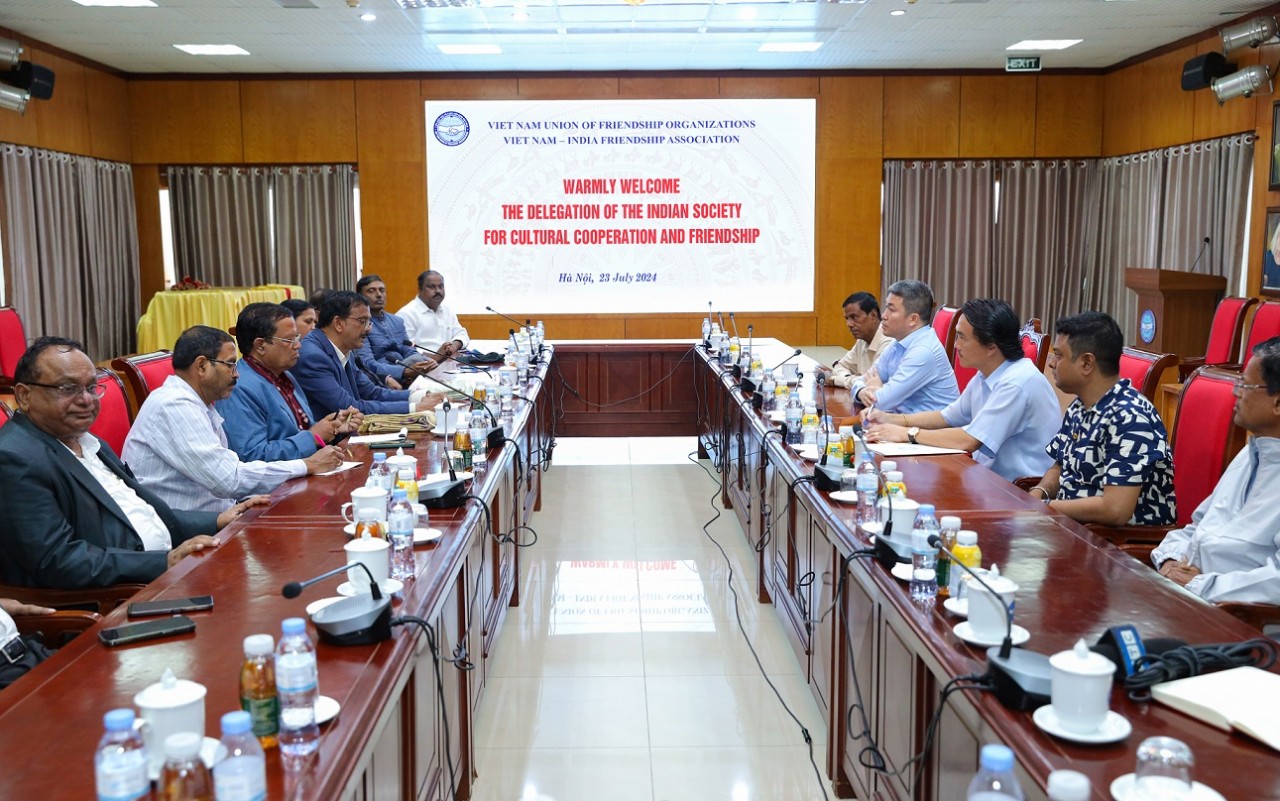Vietnam: dipping into reserves?
The Vietnamese government has proposed plans to borrow from its foreign exchange reserves after struggling to issue debt in the bond markets – seven bond auctions failed in May alone.
However, the State Bank of Vietnam (SBV) needs to defend its exchange rate and financing government projects with foreign reserves would leave the VND in a precarious position. Foreign reserves cover only 2.5 months of imports, much less than the minimum guidance of three months. Thus, the SBV does not appear to have space to lend to the government.
An easier solution would be to tackle the root cause of the problem. Resolution 78, which became effective this year, limits the Treasury to issuing bonds with tenors equal to or longer than five years.
Against this backdrop, the National Assembly (NA) commenced its semi-annual meeting on 20 May, which will last until 26 June. The NA will adopt 11 bills and one resolution, among which is an amendment to the Law on the State Budget. Should Resolution 78 be amended to allow the Treasury to issue shorter than five-year tenors, this would ease the pressure. Even if it is not amended, the proposal to use reserves is unlikely to be passed, in our view, given the opposition in Vietnam.
 |
Given this context, the government’s proposal to use the SBV’s foreign exchange reserves may well be a move to encourage the National Assembly to repeal these laws. Liquid FX reserves are an essential tool for maintaining the stability of the VND and preserving the credibility of the SBV. For now, the negative sentiment surrounding the situation will likely mean that USD-VND trades towards the upper half of the band.
The MOF is having a hard time with domestic issuance this year. Of the VND250 trillion financing needs in 2015, the MOF has successfully issued only 66trn year-to-date (equivalent to 27%).
One of the causes of this dampened enthusiasm is Resolution 78, which became effective in 2015, and stipulates that the State Treasury can issue bonds only with tenors equal to or longer than five years. This has caused a significant change in the profile of Vietnam’s bond issuance.
Market forces have already encouraged the SBV to devalue the VND twice this year, raising the mid-rate against the USD by 1% both on 7 January and on 7 May. The central bank will be reluctant to weaken the dong again, considering it decided last December not to devalue USD-VND by more than 2% this year.
The possibility of Fed rate hikes later this year means there could be episodes of USD strength that would force the SBV to call upon its reserves. If the SBV’s foreign exchange reserves are put to use financing government projects this would leave the central bank with less ammunition to help it stick to its commitment and maintain credibility.
The negative sentiment surrounding the developments has already caused USD-VND to test the upper end of the band despite the recent devaluation. Ultimately we expect there will be some alternative solution. Possible options include issuing in the international market.
‘We therefore still expect the SBV not to devalue USD-VND again this year and maintain our year-end forecast of 21,750,’ HSBC reported.
Vietnamese rice brand name to be popularized in global market
The Prime Minister has just approved the project to develop Vietnamese rice brand name by 2020 with a vision to 2030.
The project is targeted to boost Vietnamese rice’s added value, market share and competition to the world’s markets.
Vietnam will strive to popularize the national rice brand name by 2020 and introduce Vietnamese brand name for rice to at least 20 export markets.
By 2030, the country will bring the national rice brand name to be the leading one across over the world about its quality and food safety.
In order to reach its target, the government will implement programs to develop local rice brand names and launch preferential policies to support enterprises using the national rice brand name.
Besides, the government will select three high quality rice products in the Mekong delta region to improve to be local rice brand names which toward becoming the leading national rice brand name./.
VNF/VOV


